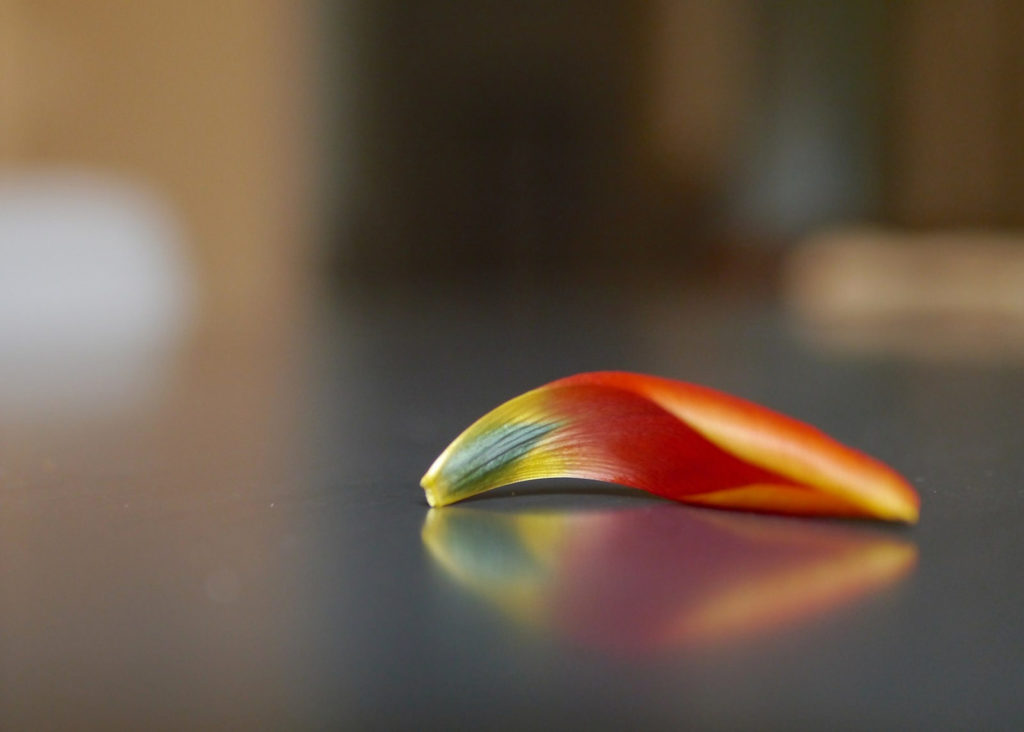In this series of posts on aspects of perception, we’ve explored how how perception is primary and pre-cognitive (Part 1), embodied and sensual (Part 2) and timeless and dynamic (Part 3). In Part 4, we’ll examine the relational/reciprocal nature of perception.
Perception is relational.
“It’s a shift from seeing a world made up of things to seeing a world that’s open and primarily made up of relationships, where whatever is manifest, whatever we see, touch, feel, taste and hear, whatever seems most real to us, is actually not substantial. A deeper level of reality exists beyond anything we can articulate.” ~ Peter Senge, Sight and Sensibility
 Everything is connected. We hear this a lot. And, we may even believe it. But, do we act as if it is true? You affect other people and other forms of life in everything you do and say. They in turn affect you. We live in a relational world.
Everything is connected. We hear this a lot. And, we may even believe it. But, do we act as if it is true? You affect other people and other forms of life in everything you do and say. They in turn affect you. We live in a relational world.
Every photograph is also a statement about relationships, whether between several things and space or one thing and space. Our decisions about what to include and how to compose bring us, as the creator of the photograph, into the equation. We are saying something about the photograph. To take it a step further, the photograph takes on another life when it is seen by others. It may say different things to different people. Now, the viewer enters the relationship.
The next time you take a photograph, identify the relationships within the frame. What is your connection to the subject matter? Then, show the image to someone else and ask what it says to them?
Read: A Relational Way of Seeing
In his book, Blue Sapphire of the Mind, Douglas Christie suggests we pay more attention to the penumbral region – the space between.
”A sensitivity to the penumbral can help deepen our awareness of the fluid, mysterious, open space between things and of the relations between them. Cultivating an awareness of this unbounded space enables one to perceive the primacy of the relations between and among things, the intricate connections that bind them to one another and to the encompassing whole. This requires vulnerability, openness, and receptivity and can alter completely our sense of what it is to be a subject acting in the world. We are acted upon and we must relinquish control and allow ourselves to feel and be touched by the presence of life continuously emerging around and within us.”
Perception is reciprocal. It’s how we connect with the world.
“Perception is the dynamic ground of our many relationships with the world, the energetic movement between what is inside of us and what is out there. It can be the ground for a sensuous, even ecstatic relationship with the world.” ~ Laura Sewall, Sight and Sensibility

The fact that we live in a relational world means that every interaction is reciprocal. Douglas Christie writes about how Thoreau experienced this reciprocity through sound.
”Sound was important to Thoreau. He spoke of the sound of the brook flowing through his very bones, affecting his circulations. Everything moves together to the sound of the water touching his senses, quickening his soul and continuing to pulse and flow who knows where? What kind of reciprocity is this? Here is an ecstasy that takes one beyond the senses and draws one more deeply into the physical world.”
This passage clearly shows how Thoreau felt a resonance with the brook but he was also affecting the brook too. I remember sitting at a pond once watching several turtles sitting on a log in the middle of a ponds. They were clearly watching me back. One slight move on my part and they would quickly slip under the water. Dipping your hand in a pond or throwing a stone creates ripples. Everything we do creates a ripple effect.
When we feel resonance, we are experiencing perception. Time stops and there is a feeling of everything flowing together. Essence meets essence.